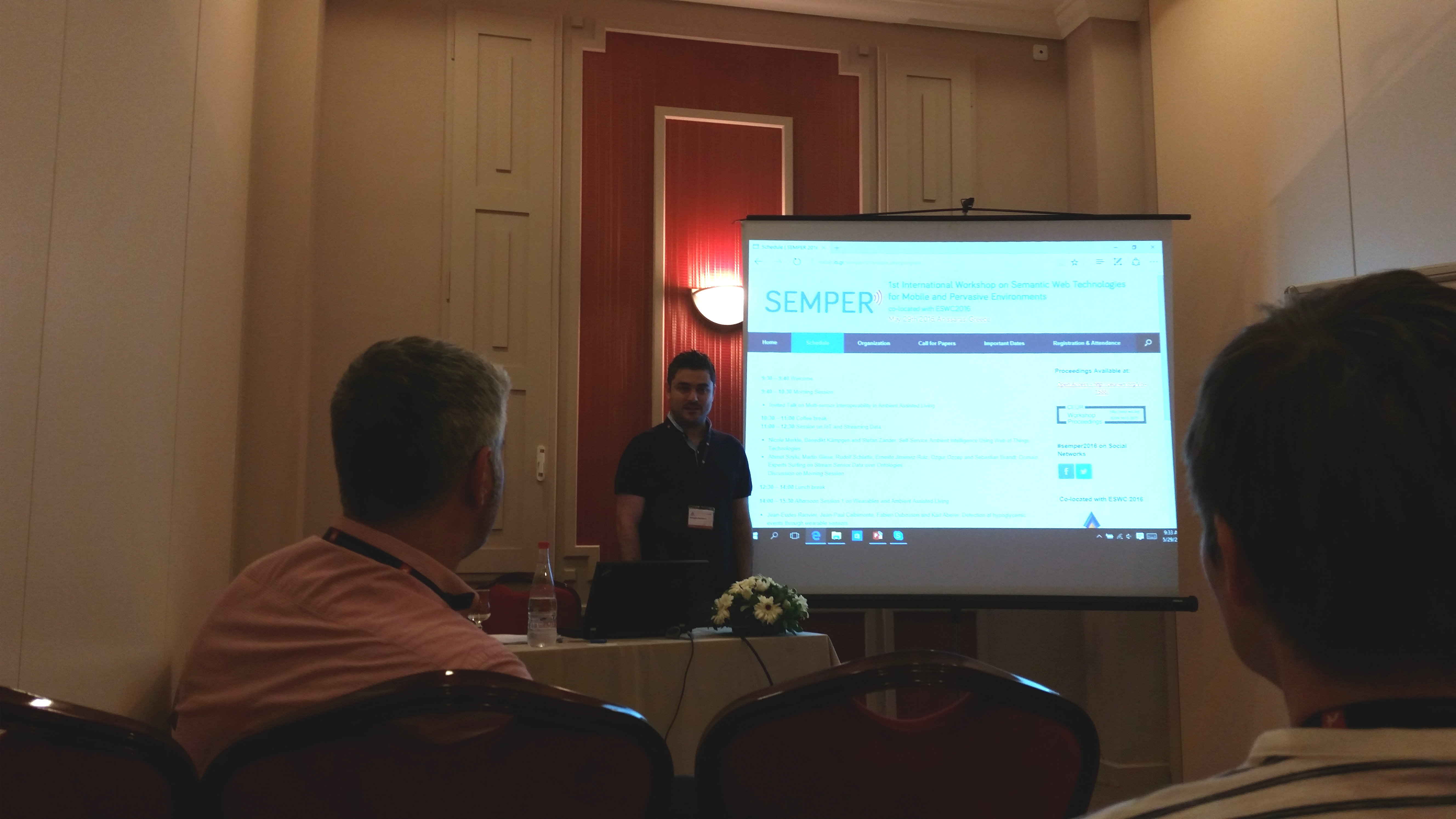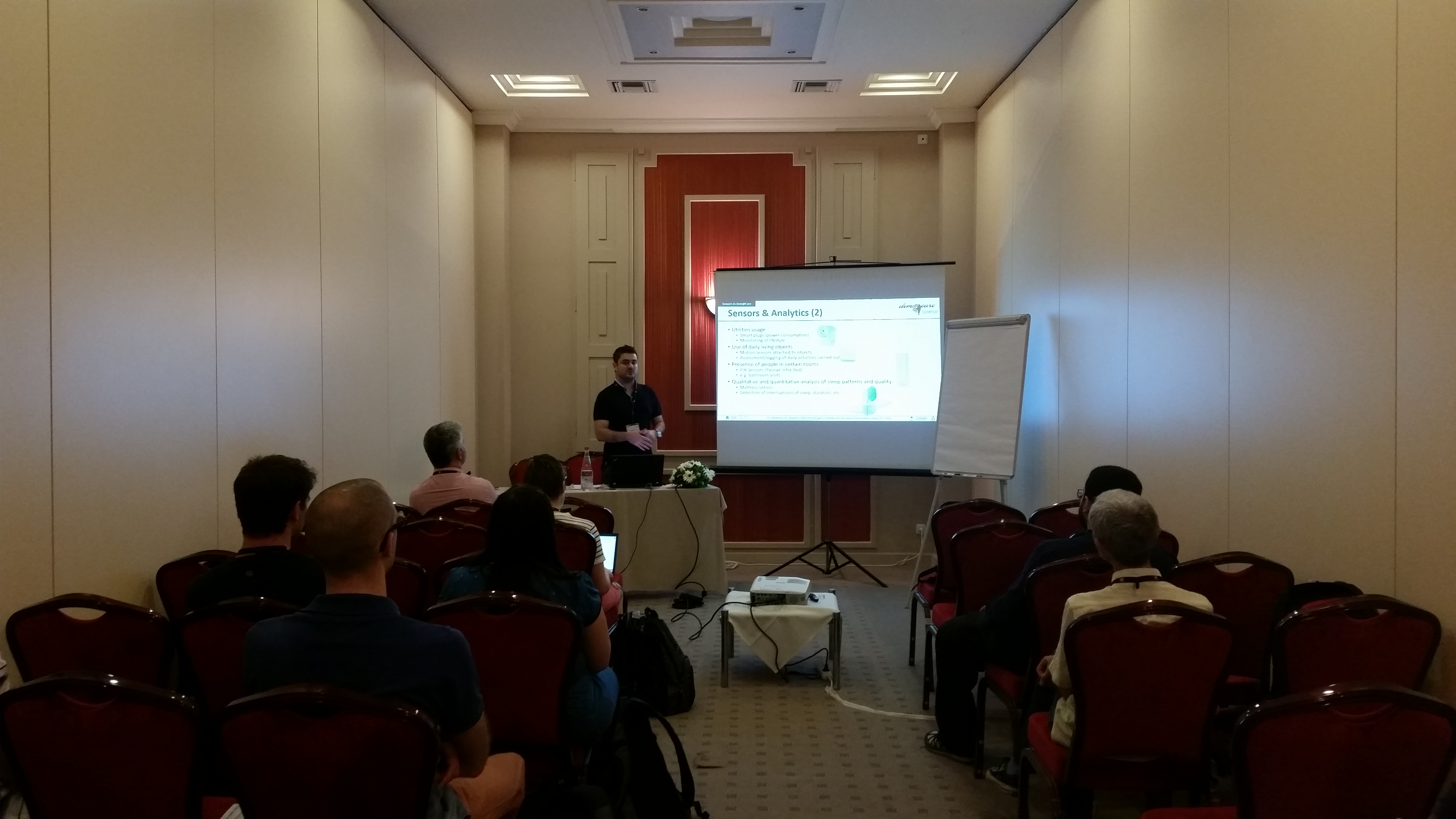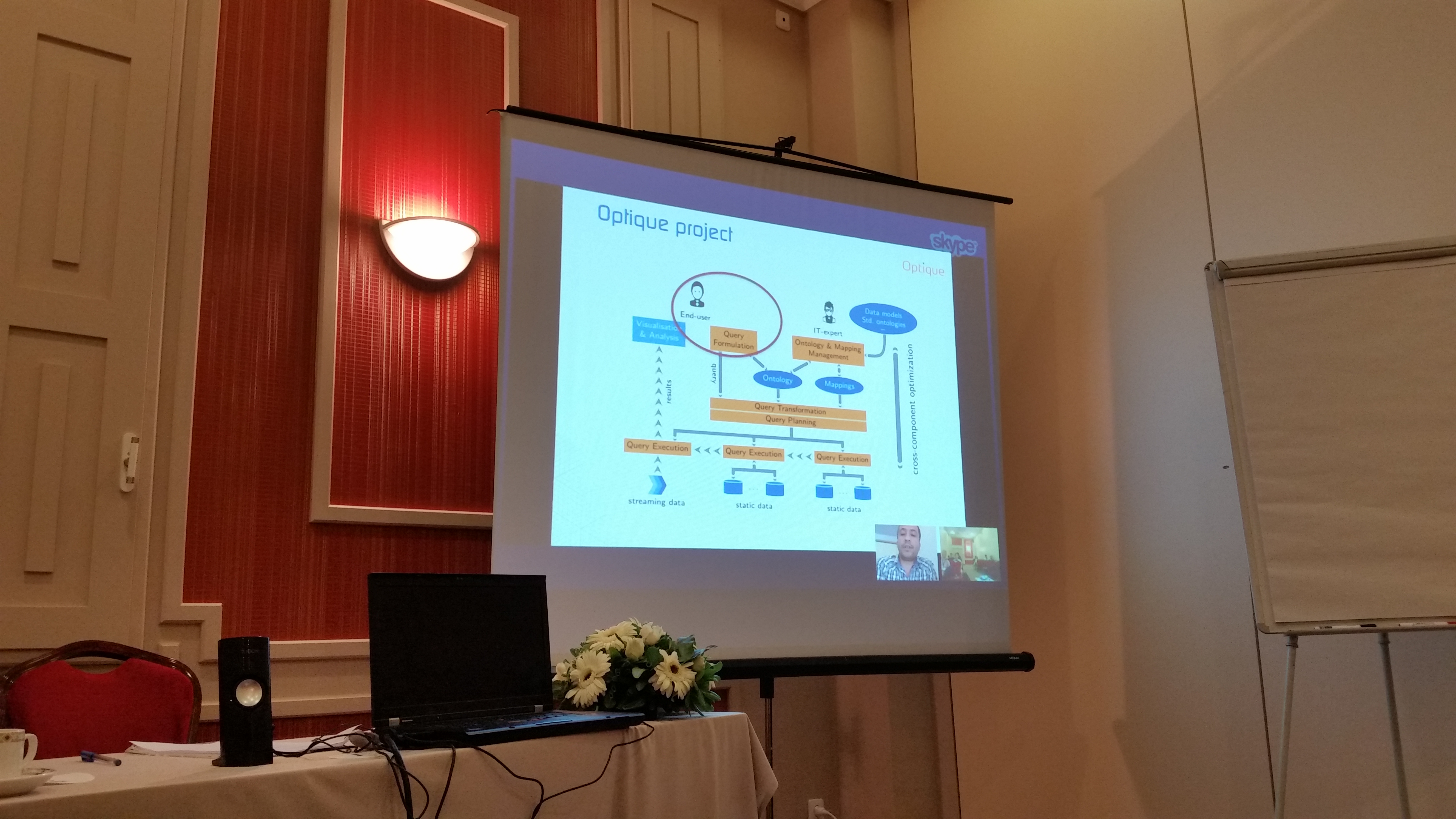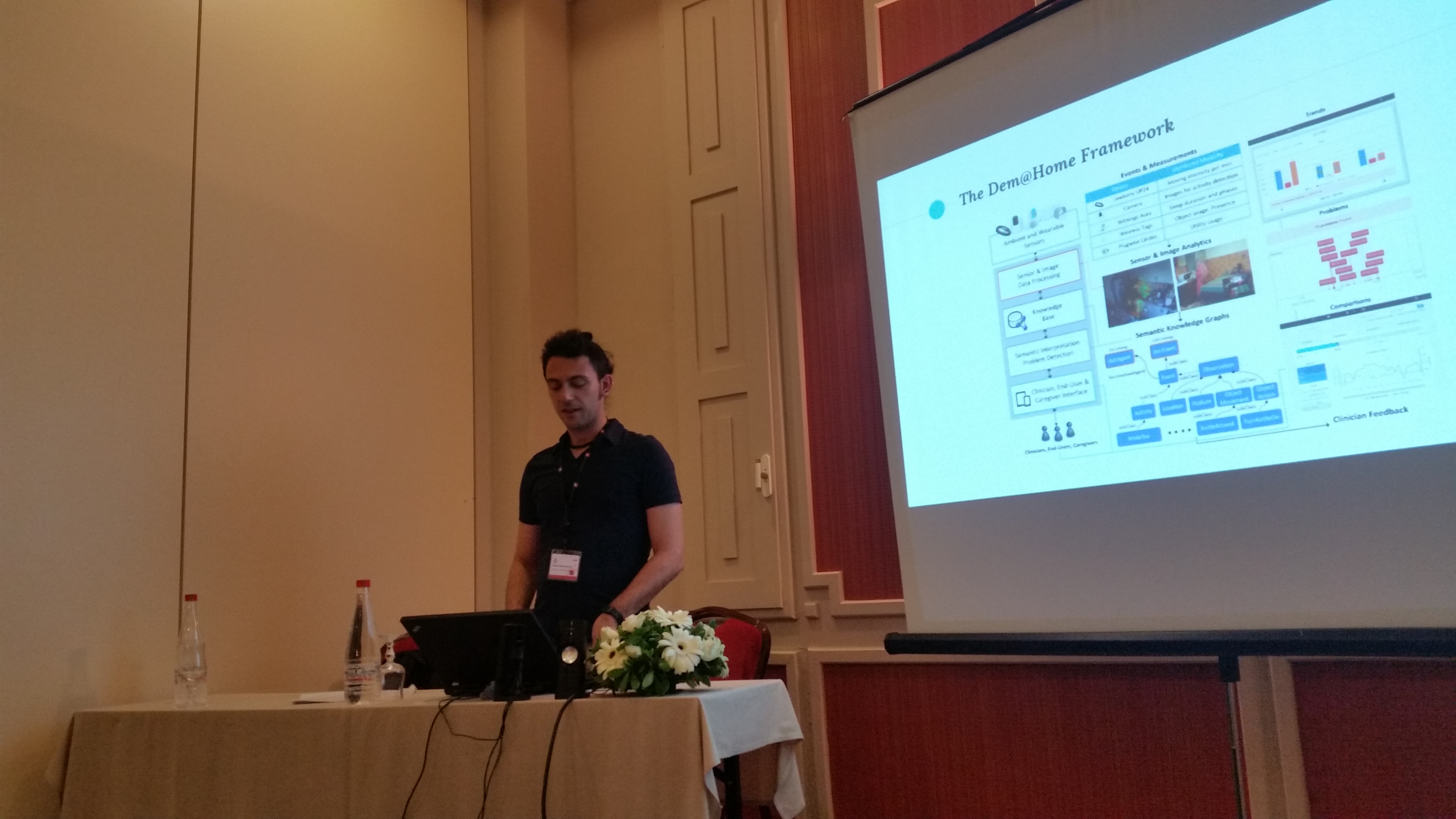About SEMPER
Pervasive and mobile technologies are one of the leading computing paradigms of the future. Transitioning from the world of personal computing, powerful, compact devices are distributed across the user’s environment, enabling the contextualized enrichment of business processes with the ability to sense, process and combine data and forming smart environments of Ambient Intelligence (AmI). This interconnection of devices, machines and “things” enables the dynamic generation, analysis and communication of multiple data types so that the operational efficiency and effectiveness of existing business processes are increased.
However, the integration of devices and services to deliver intelligent solutions, in the so-called Internet of Things (IoT), may have been partially addressed with open platforms (FIWARE, Kaa, Linked Sensor Middleware), but yet imposes further challenges, relevant not only to the heterogeneity of communication protocols and interfaces, but also to the diverse context-aware information exchange and processing capabilities.
The rapid increase in the number of network-enabled devices and sensors deployed in physical environments, enriched with information processing capabilities, has allowed the interconnection of people, processes, data and devices, offering enormous potentials across many sectors. The large societal and personal impact of pervasive, mobile and interconnected entities in the web, is already apparent in health, security, environmental, agriculture and retail applications.
In this always-connected digital world, the full exploitation of sensor capabilities, communication infrastructure, as well as the use and combination of information to produce new, innovative, real-world solutions are yet hindered by outstanding challenges. Many open platforms have emerged in an effort to provide standard methods and widely interoperable APIs in the IoT context. Yet, their knowledge modelling and exploitation capabilities for rich interoperability remain limited.
SEMPER aims to address emerging challenges in the field, discussing the benefits and limitations of applying Semantic Web technologies, with a special emphasis on semantic interoperability, context-aware modelling, hybrid reasoning schemes and intelligent decision making, real-time analytics, fusion of data sources and leveraging Big Data, sensor integration and reference platforms.









